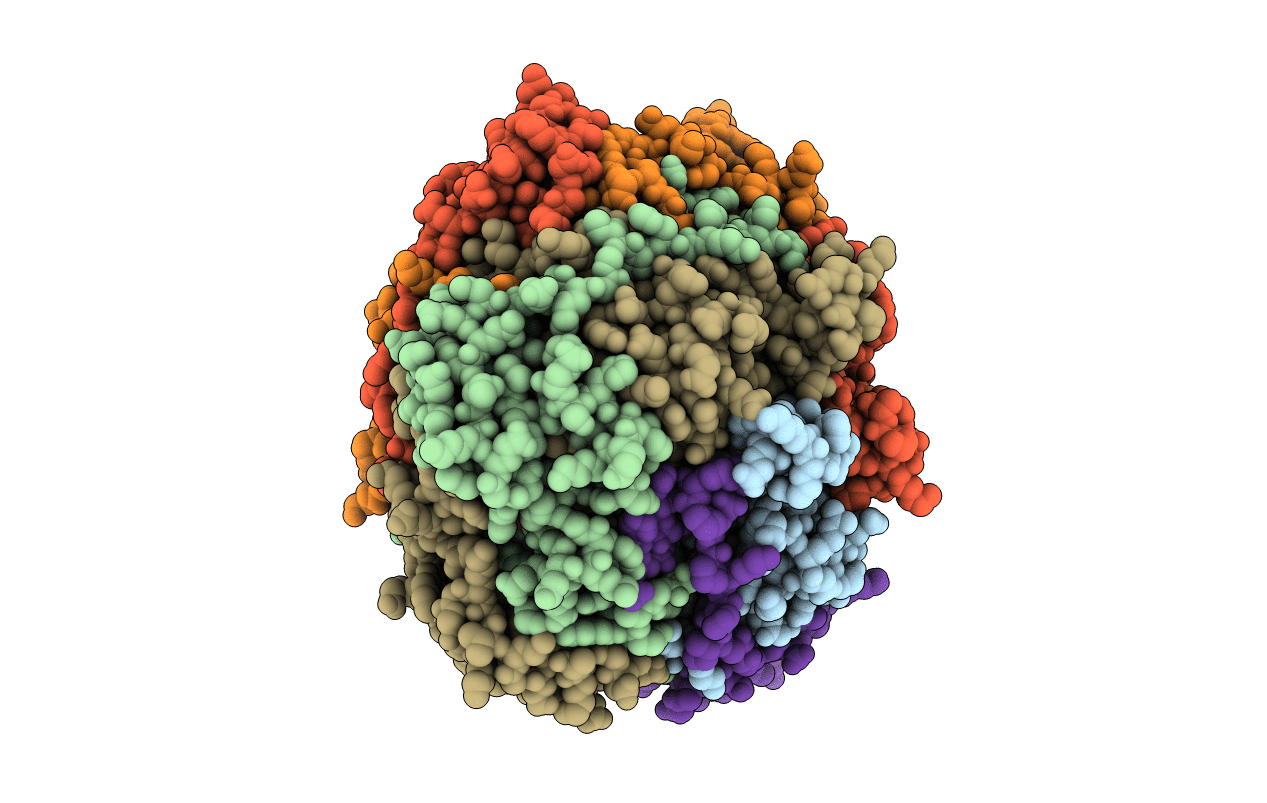
Deposition Date
2001-07-13
Release Date
2002-07-13
Last Version Date
2023-08-16
Entry Detail
PDB ID:
1JKV
Keywords:
Title:
Crystal Structure of Manganese Catalase from Lactobacillus plantarum complexed with azide
Biological Source:
Source Organism:
Lactobacillus plantarum (Taxon ID: 1590)
Method Details:
Experimental Method:
Resolution:
1.39 Å
R-Value Free:
0.12
R-Value Work:
0.10
R-Value Observed:
0.10
Space Group:
P 1 21 1


